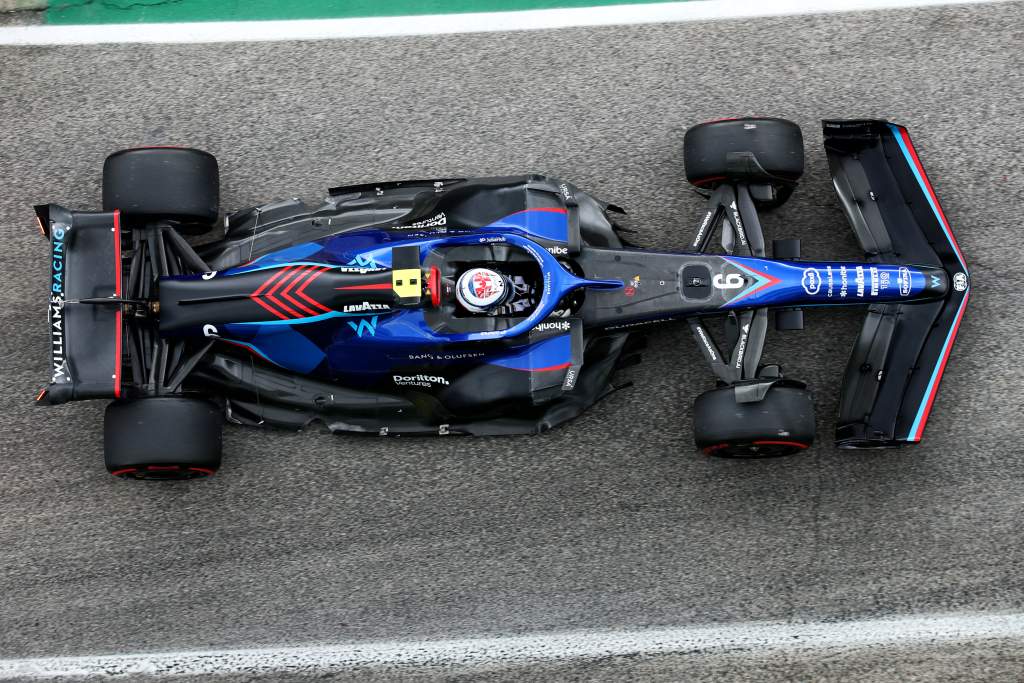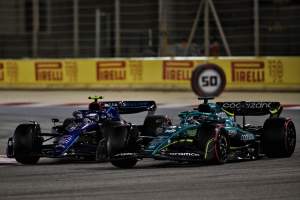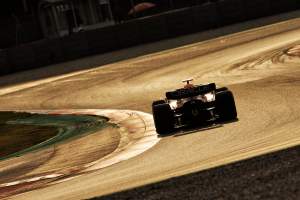Up Next

Williams is gaining a significant benefit from having reduced the amount of paint on its Formula 1 car as part of its ongoing efforts to lower the weight of the FW44.
All 10 Formula 1 teams have struggled to get down to the minimum mass regulation with the new-generation cars, despite it being increased by 3kg to 798kg on the eve of the season.
Williams isn’t understood to be the team that is most over the weight limit and it’s not the only team to reduce the paint it’s running, but its changes have been the most visually obvious.
At Imola, a significant amount of paint has been removed from the sides of the monocoque meaning that while the team retains its corporate identity, there is notably less blue than the car started the season with.
This followed the amount of paint being reduced at earlier races, starting with the rear wing running without its launch-spec blue paint in the second race in Saudi Arabia.
The weight of paint on F1 cars can vary dramatically, but with the midfield pack tightly congested, any small performance gain from reducing the amount of paint is worth pursuing.
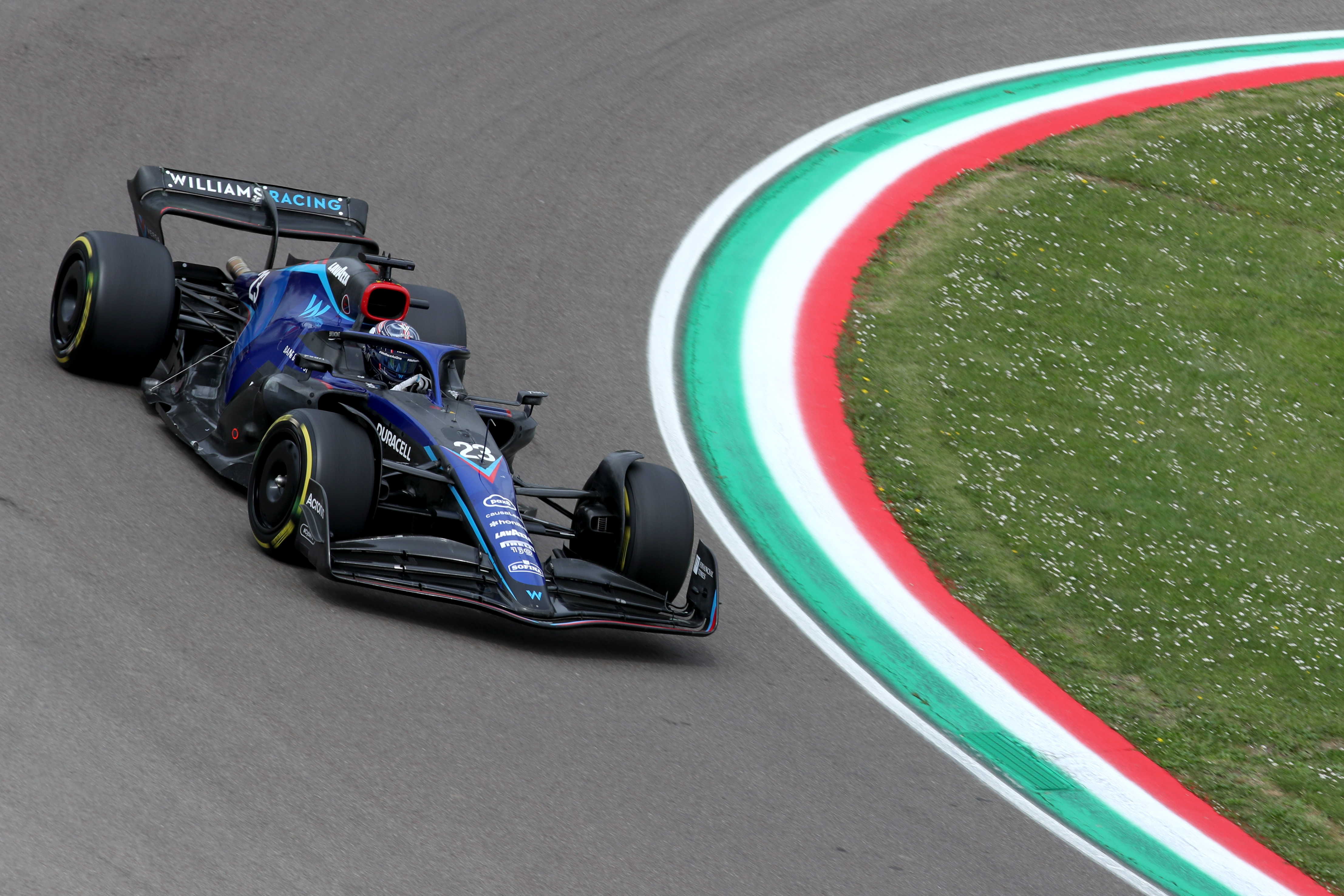
“I don’t think I can give you any figures, but it’s quite a lot – meaningful for sure,” said Williams head of vehicle performance Dave Robson when asked about the gains.
“There’s a bit more off the chassis [this weekend] because the chassis didn’t go back to the UK between the Middle East and Australia.”
Like all teams, Williams has a programme for weight reduction factored into the FW44’s development roadmap.
But the removal of paint is a quick and cost-effective way to get short-term savings, and it’s a pragmatic move to make.
While the decision to do so is also a commercial one, given the need to satisfy the Williams team’s growing portfolio of sponsors, the technical team has rightly identified this as an efficient way to gain performance.
“Obviously, the paint scheme is a little bit more than purely an engineering decision,” said Robson. “But I would imagine it will stay because it will be expensive and time-consuming to find the weight some other way.
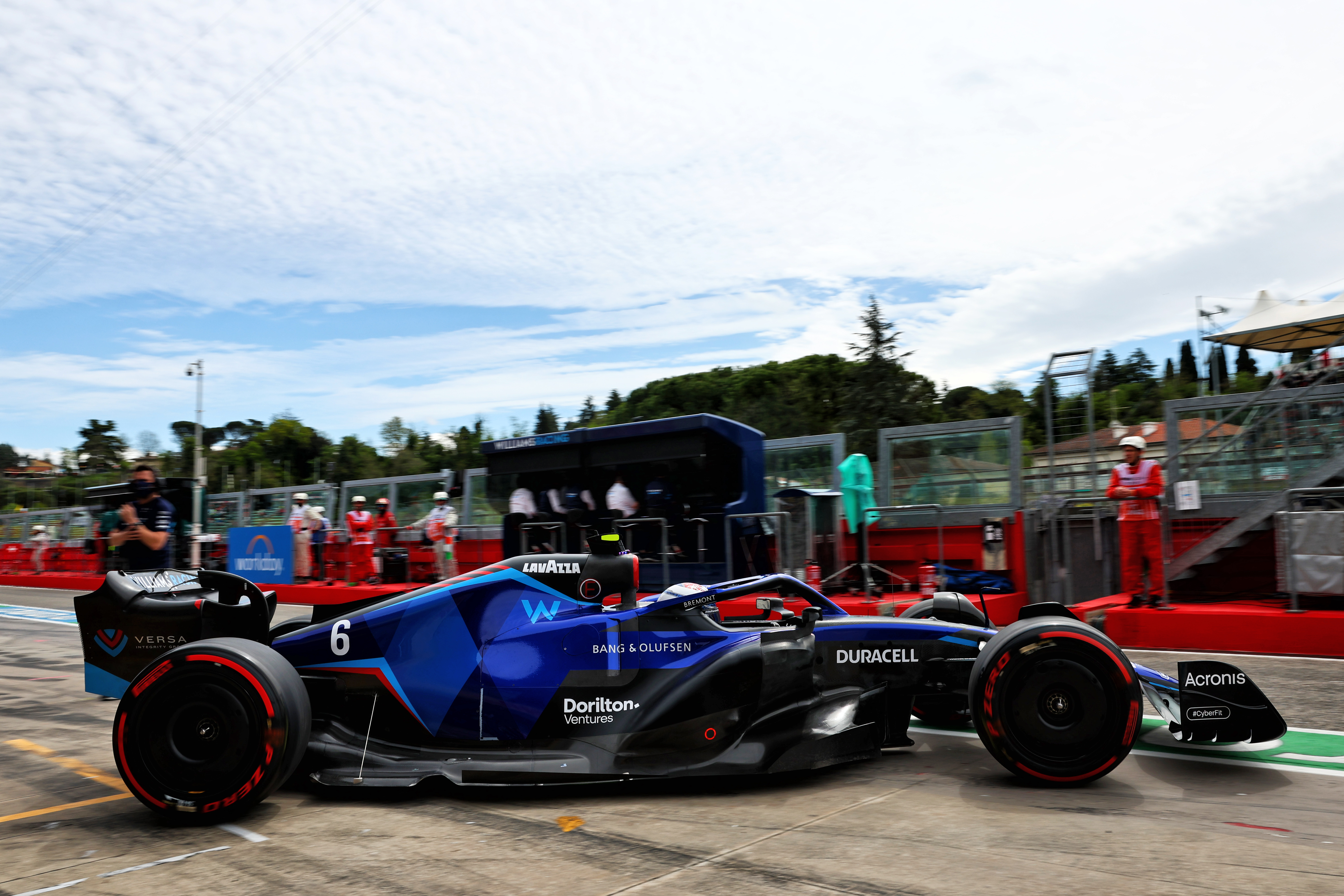
“If we’re happy with the car as it looks now then you’d be better off spending that engineering budget on something else and making the car quicker. So I hope it stays like this.
“It’s a compromise. The car has to have some visible personality about it, but at the same time it’s in the sponsors’ interest to make it as quick as possible.”
Williams has no plans to remove all the paint from the car, even though from a pure performance perspective this would maximise the gain.
But by scaling back the paint, it has found savings that are measurable on the stopwatch without diluting its branding too significantly.
While the team could have started the season with the livery pared back, this would have had the disadvantage of reducing the visual impact of the car when it was launched and ran during testing.
“It is engineering meets marketing,” said Robson. “We all want the car to look stunning, that is part of the sport.
“And it’s not just about the livery on the car [see Barcelona pre-season livery below], it sort of sets the tone for the whole brand, which is clearly really important.

“For the launch and at least initially, I think it’s fine that the commercial side of things is really important.
“Then you see where the weight is and see whether there is an opportunity to sort it out without changing the paintwork too much.”
F1’s minimum weight has increased rapidly over the past decade, rising to 46kg more than it was in 2021 this year.
This is a consequence of myriad factors, including the improved safety equipment such as the halo and side impact structure and the switch to 18-inch wheel rims.
There were attempts to increase the minimum weight by a bigger margin ahead of the start of the season, but the increase was only 3kg so as to be roughly in line with where the cars closest to the weight limit – notably Alfa Romeo – sat.
“Arguably, if the vast majority of teams are over then you would say for the sport you’re better off just increasing that number,” said Robson. “But I can absolutely understand if there is one team out there who don’t need it increasing then they wouldn’t agree to that.
“But if as a sport, we don’t like where the way the paint scheme [reduction] is going and spending money on shaving that off, then we could we could in the future just increase it.
“But with these power units and the safety features that the cars have, it is seriously demanding [to keep the weight down].”


